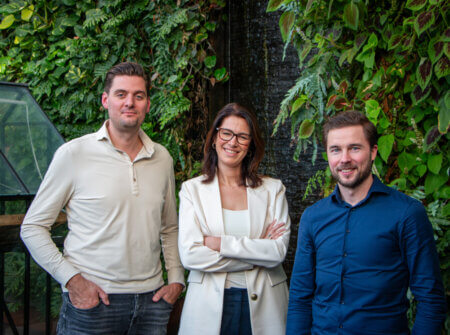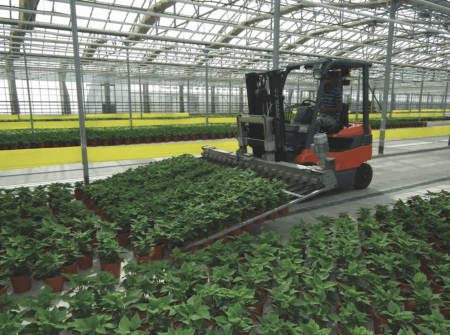This page is being translated by Google Translate
We are passionate about turning ideas into reality to continuously improve the Agro&Food system. For us #wehaveanidea means we create ideas together. Let's connect and share ideas!

Samen slimmer. Viscon Group, Division Q en Koppert Cress tekenen strategisch partnerschap voor post-harvest automatisering

Viscon Plant Technology draagt het productpakket Wijderzetvorken over aan Flier Systems